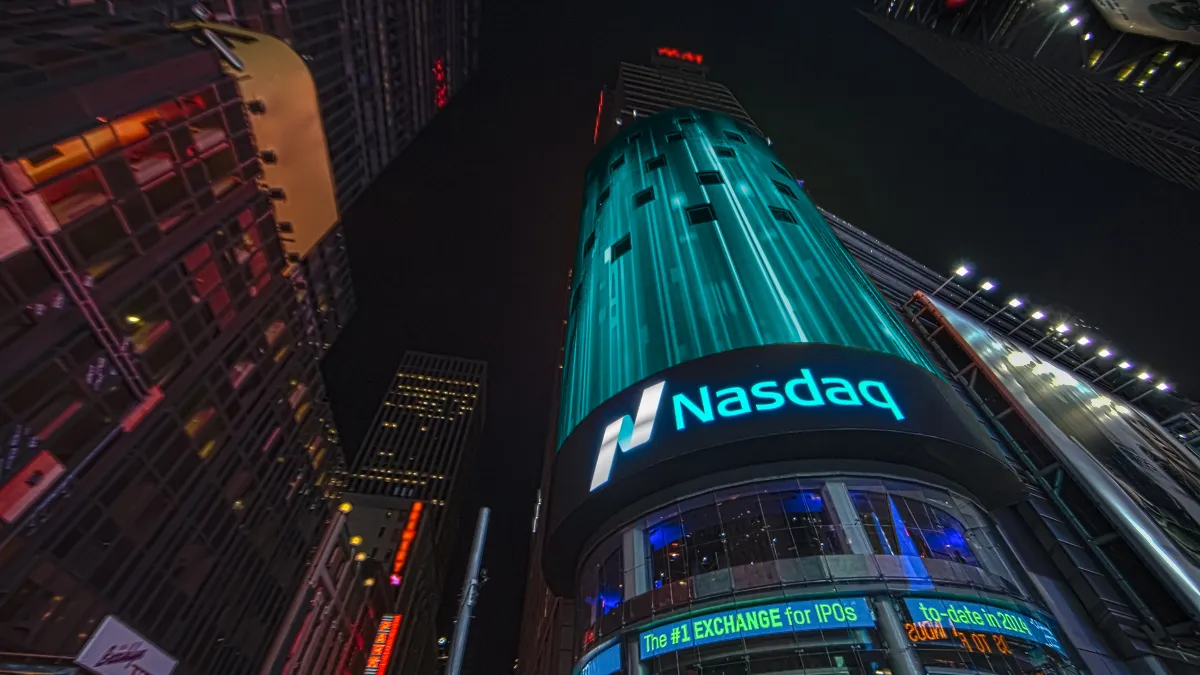Dive Brief:
-
Pear Therapeutics is set to merge with special purpose acquisition company Thimble Point Acquisition Corp. to land a spot on the Nasdaq stock exchange.
-
The deal will give the developer of the first three FDA-authorized prescription digital therapeutics (PDTs) around $400 million to support its growth plans. Pear has ambitions to host hundreds of products and grow sales from a projected $4 million this year to $125 million in 2023.
-
To hit those targets, Pear will need to persuade payers to reimburse its current portfolio of treatments for addition and insomnia. Pear aims to increase its covered lives by 400%, but has acknowledged the reimbursement status of PDTs is uncertain.
Dive Insight:
Pear helped put PDTs on the map in 2017 and 2018, when it won FDA approval for substance-use disorder app Reset, landed a co-promotion deal with Sandoz, struck a development agreement with Novartis and raised a $50 million series B financing round. The PDT pioneer has delivered mixed results since then, losing the deal with Sandoz but bringing two new products to market.
Now, Pear is set to ride the pandemic-boosted wave of interest in digital health interventions and go public through a merger with Thimble Point. The SPAC is yet to publish the prospectus and proxy statement that will pull the curtain back on the privately held Pear, but available materials still shed some light on the PDT specialist and its plans.
The materials reveal Pear is yet to generate significant sales from its PDTs, despite the first of the three products winning approval almost four years ago. Pear has received 20,000 prescriptions for its PDTs to date. Sales for 2021 are projected to hit $4 million.
Investors are betting Pear can grow that figure rapidly. Thimble Point will provide Pear with the $276 million it has in cash, securing itself a 17% stake in the post-merger business. Other investors are putting in $125.8 million through a private investment in public equity anchored by Neuberger Berman funds, the Pritzker Vlock Family Office and a "leading integrated delivery network."
Pear will use the money to try to grow its sales to $125 million by 2023. The forecast growth reflects a belief that, armed with additional health economics and outcomes research and supported by the advocacy of providers, Pear can form value-based agreements with major commercial payers and get its three PDTs included in clinical guidelines. The goal is to have 100 million covered lives, up from 20 million today, and 150,000 prescriptions a year by 2023.
Those forecast prescriptions will cover the Reset treatment for addiction to cannabis, cocaine and stimulants, Reset-O treatment for opioid addiction and Somryst treatment for chronic insomnia. In the longer term, Pear wants to significantly expand its portfolio, starting with three PDTs it plans to move into pivotal studies by 2023. Pear aims to have 20 product candidates by 2023.
The internal candidates are just one part of the plan. Pear also intends to use the PDT patient service center it has built to support its own treatments to host hundreds of products from third parties. The platform connects patients to disease advocates, providers to clinician dashboard resources and insurance companies to claims processors. If successful, the strategy will enable Pear to benefit from the growth of the broader PDT market by providing infrastructure that supports third-party products.











